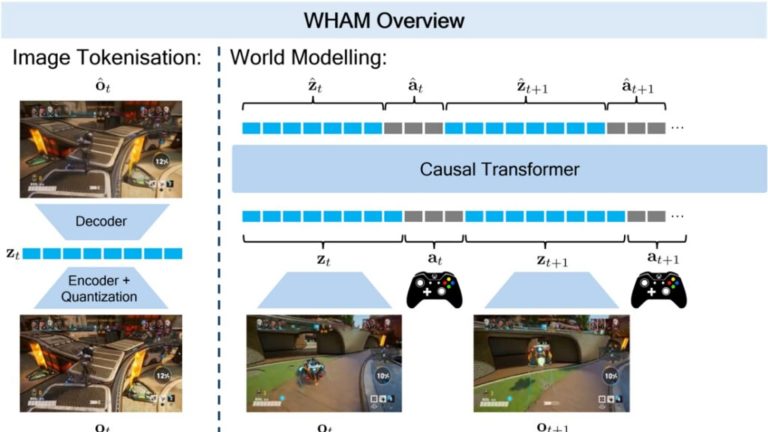Microsoft has just dropped something pretty cool for gaming and AI enthusiasts — a real-time, interactive version of Quake II powered entirely by artificial intelligence. It is now live as a research preview through Copilot Labs, and while it is still early days, it is giving everyone a glimpse into what the future of AI-generated gameplay might look like.
The company used its recently developed Muse AI models along with a new technique called WHAMM (short for World and Human Action MaskGIT Model) to build this version of the 1997 first-person shooter classic. WHAMM is an upgrade from a previous model and can now generate more than 10 frames per second — which is a big deal because earlier versions could barely manage one.
So, what does that mean for players? You can try out a single level of the game, about two minutes long, using your keyboard or controller. The game looks and plays a lot like the original Quake II, but instead of running on pre-designed code and graphics, everything is being generated by AI in real time.
One of the key breakthroughs here is the MaskGIT setup. It allows the AI to predict and generate visuals faster and more smoothly by processing several possibilities at once, rather than one at a time. This is what makes the gameplay feel more fluid than past attempts at AI-generated games.
That said, it is not perfect. Microsoft has been upfront about the limitations. Since the game world is created by AI, it does not exactly match the original — it is more of an approximation. Sometimes enemy encounters look a bit fuzzy, and combat can be a little off. There is also a memory issue: the AI forgets about objects if they go out of view for more than about a second. So, you might turn around and find yourself in an entirely different part of the map or see the environment change unexpectedly.



